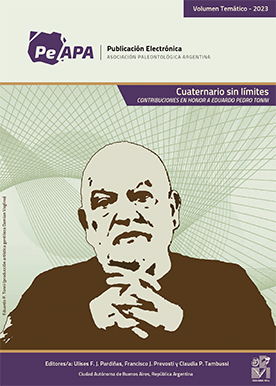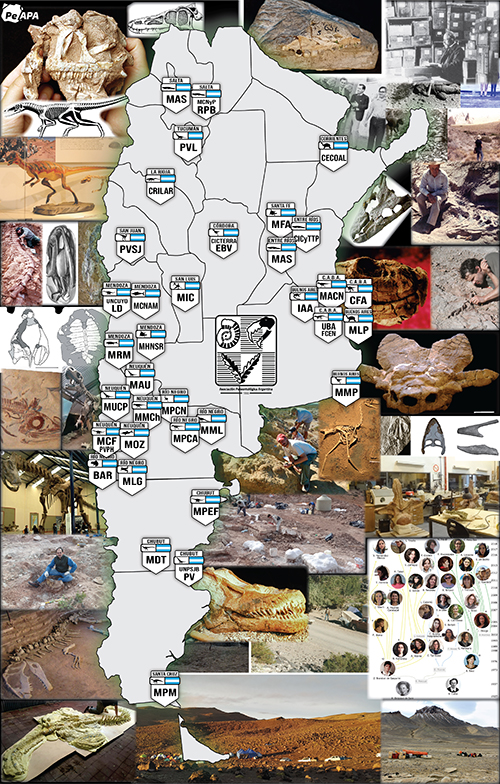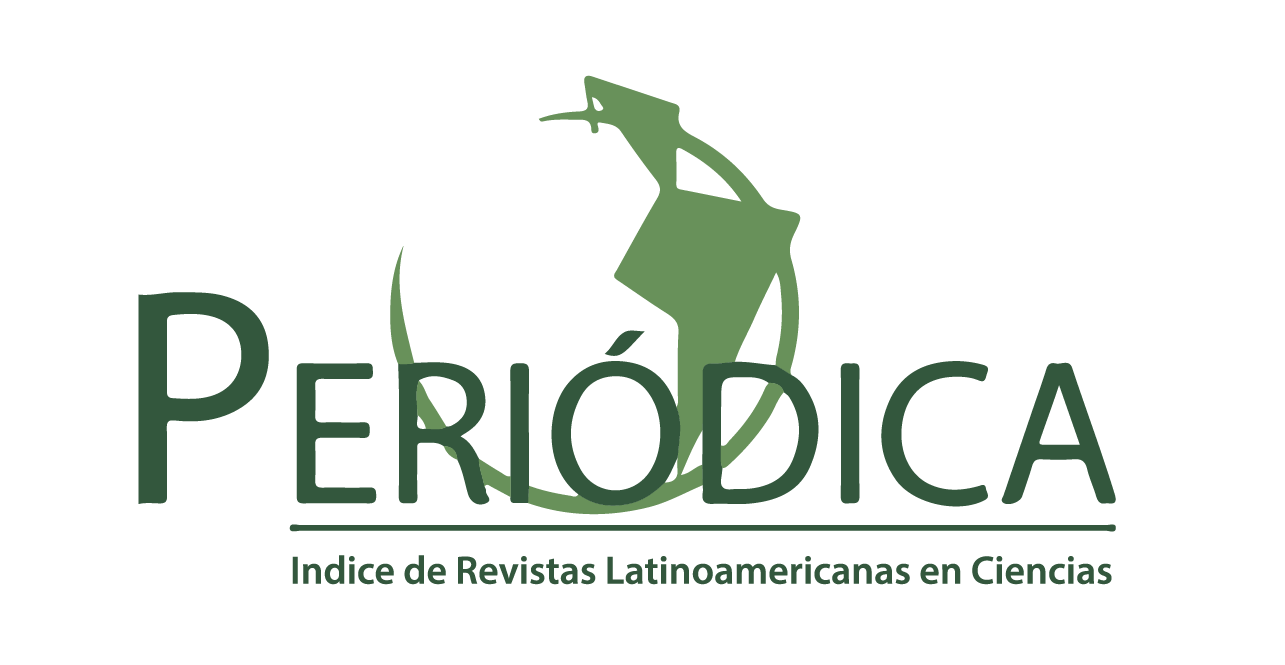NON-TRIBOSPHENIC GONDWANAN MAMMALS, AND THE ALTERNATIVE DEVELOPMENT OF MOLARS WITH A REVERSED TRIANGLE CUSP PATTERN
Resumen
Several lineages of non-holotherian Gondwanan mammals developed complex, tribosphenic-like molars, but not tribosphenic occlusion. The reversed triangle occlusal pattern, characteristic of holotherian lineages leading to tribosphenic occlusion, could have been acquired without a cusp rotation process. A review of the molar structure in primitive monotreme prototherians and gondwanathere allotherians suggests that a tricuspid pattern could have been accomplished by expansion of cingula, elevation of their cusps, and connection by ridges of two of the latter to one of the original ones, leading to a triangular pattern in some, or all, their molars. This cusp and ridge arrangement is already outlined in the lower cheekteeth of Steropodon galmani Archer et al., the oldest (Early Cretaceous) and most primitive Platypoda so far known. Similarly, one isolated lower molariform of the primitive gondwanathere Ferugliotherium windhauseni Bonaparte (Late Cretaceous) shows its anterolabial cusp connected by two ridges to two lingual cusps, forming a V-shaped, trigonid-like structure.
KEY WORDS. Mammals. Monotremata. Gondwanatheria. Gondwana. Molar pattern. Evolution.
Descargas
Publicado
Número
Sección
Licencia

Los/las autores/as conservan los derechos de autor/a y garantizan a la revista el derecho de ser la primera publicación del trabajo licenciado bajo una licencia CC Attribution-NonCommercial 4.0 que permite a otros/as compartir el trabajo con el reconocimiento de la autoría y de la publicación inicial en esta revista.




















